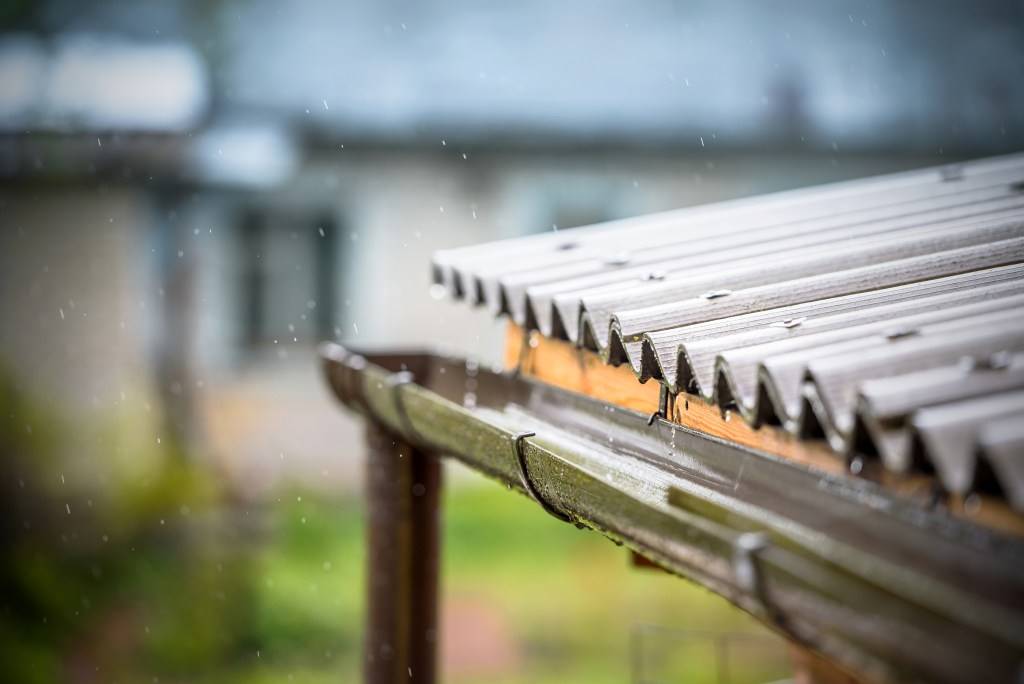 For centuries, regions with limited water resources have harvested rainwater to sustain life and support life-sustaining activities. However, as inexpensive and reliable alternative potable water sources, such as potable water utility distribution systems, became more prevalent, the use of rainwater harvesting systems declined. These alternative water sources are being stressed at an unprecedented level as the demand for water steadily increases to sustain population growth and water-intensive tasks, such as irrigation. In conjunction with green building initiatives, increased regulatory requirements pertaining to stormwater runoff and diminishing water resources, a renewed interest in rainwater harvesting — as a method to promote water conservation and sustainability practices — has emerged.
For centuries, regions with limited water resources have harvested rainwater to sustain life and support life-sustaining activities. However, as inexpensive and reliable alternative potable water sources, such as potable water utility distribution systems, became more prevalent, the use of rainwater harvesting systems declined. These alternative water sources are being stressed at an unprecedented level as the demand for water steadily increases to sustain population growth and water-intensive tasks, such as irrigation. In conjunction with green building initiatives, increased regulatory requirements pertaining to stormwater runoff and diminishing water resources, a renewed interest in rainwater harvesting — as a method to promote water conservation and sustainability practices — has emerged.
Rainwater harvesting is applicable to residential, commercial and industrial applications; however, regulations pertaining to the collection and reuse of rainwater vary considerably between governing jurisdictions. Rainwater harvesting system designs are also application-specific, but their design characteristics categorize them as passive or active system types.
Passive rainwater harvesting systems are utilized for limited, exterior-use-only applications that typically require less than 100 gallons of rainwater storage capacity. These systems are primarily composed of above-ground barrels that capture rainwater runoff from gutters. This rainwater typically is not treated and is generally used for irrigation.
Active rainwater harvesting systems are used for large-scale exterior applications and nonpotable water applications when allowed by the authority having jurisdiction. Rainwater collected through this system is typically used for irrigation, plumbing fixtures and plumbing devices (including urinals, water closets and floor drain trap primers), cooling tower make-up, water features or industrial processes. These systems are primarily composed of above- or below-ground cisterns that can store thousands of gallons of rainwater runoff. Depending on the anticipated use of the collected rainwater, it is filtered and treated to varying levels of water quality prior to use.
An active rainwater harvesting system designed by Hanson for the city of Springfield, Illinois’ public works garage facility was recently placed into service. The project’s objective was to reduce the amount of stormwater and associated pollutants that were entering the city’s combined sewer system and to fulfill the water supply needs of the city’s sewer jetting trucks, street sweepers and landscape irrigation trucks. The system’s underground cisterns were designed to have a capacity of 124,000 gallons, which exceeded the public works department’s 117,000-gallon monthly water demand. Prior to collection in the cisterns, the rainwater is pretreated in a hydrodynamic separator to remove pollutants. Before being dispensed from the cisterns for use, the water is fed through a prefilter, sand filter and chlorinator to improve the water quality. Now that the department is no longer drawing water from the city’s potable water distribution system for its needs, this harvesting system is anticipated to save the city approximately 1.4 million gallons of potable water annually.
For more information, contact Joe Doyle at jdoyle@hanson-inc.com.